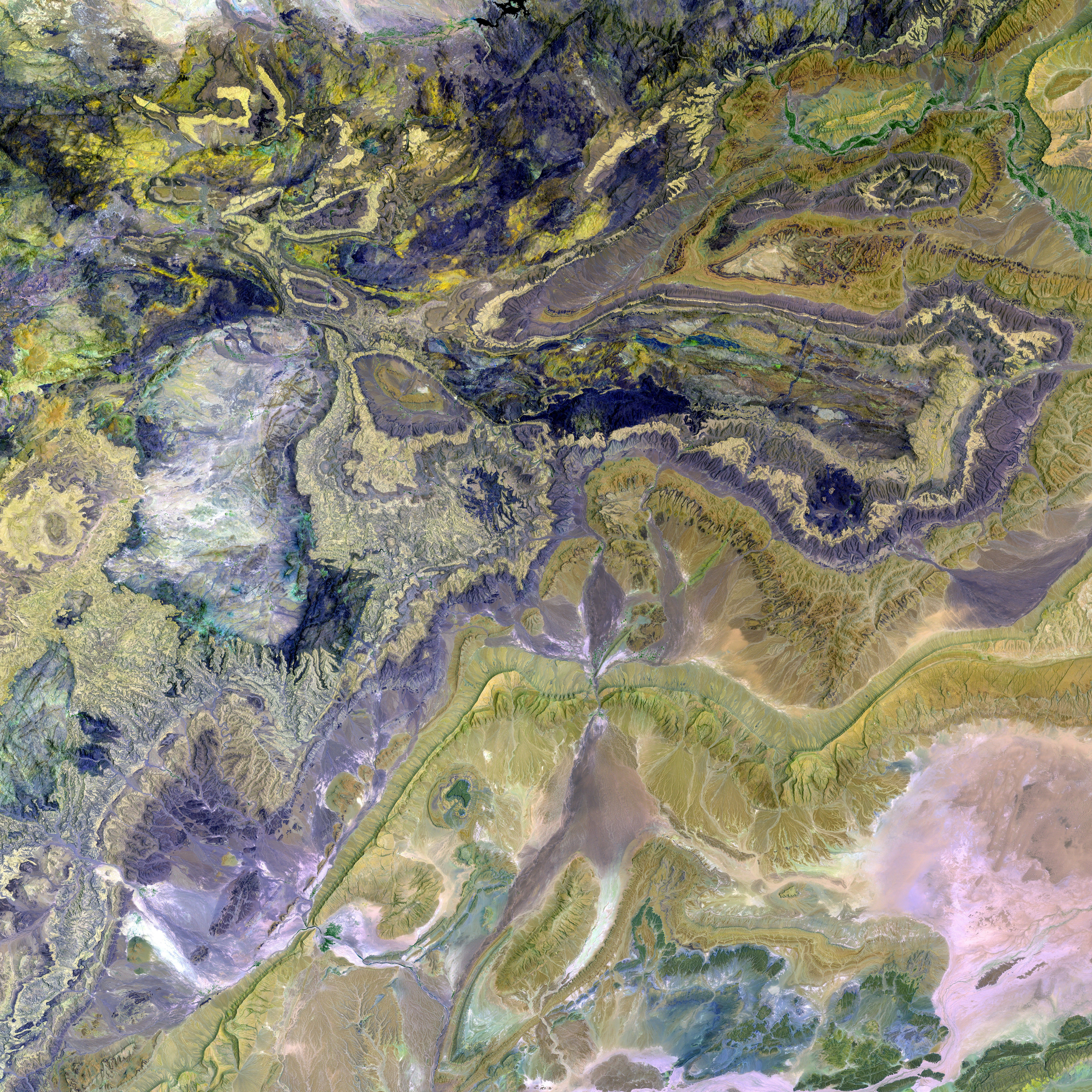Event at MNU Delves into Central Asia as Seen Through the Lenses of Western Explorers
Step into the Past with Armin Vambery's Tales from Central Asia
The first installation of the "Perception of Central Asia Through the Eyes of Western Explorers and Travelers of the 19th-20th Centuries" series kicked off at Maqsut Narikbayev University (MNU) on April 29, showcasing the works of the pioneering Hungarian orientalist and traveler, Armin Vambery.
The exhibition, organized by MNU and the Embassy of Hungary in Kazakhstan, is an ode to the rich history of Central Asia as seen through the eyes of intrepid ethnographers, travelers, and scholars like Vambery.
Hungarian Ambassador to Kazakhstan Otto Ivan Rona enlightened attendees with his opening remarks, expressing gratitude for Vambery's contributions to strengthening the bond between Hungary and the peoples of Central Asia:
Vambery's record of his journey through Central Asia offers captivating accounts of daily life accompanied by intricate illustrations depicting landmarks, such as the Khoja Ahmed Yassawi mausoleum in Turkistan.
The exhibition includes a rare, printed copy from the first edition of Vambery's "Journey through Central Asia" book, published in 1868, along with a collection of historical images depicting the region's vibrant life.
Delving Deeper into Vambery's Legacy
According to Yerkin Tukumov, director of the Kazakhstan Institute for Strategic Studies, Western travelers and scholars like Marco Polo, Thomas Atkinson, and Armin Vambery played instrumental roles in opening Central Asia to the world and fostering dialogue between East and West.
A Pioneer in Turkology and Orientalism
Olzhas Berkinbayev, director of the Public Relations Department and press secretary of the Kazakh Ministry of Science and Higher Education, emphasized the significance of Vambery's contributions to the Central Asian region:
Vambery's journey began at the tender age of 20, when he set foot in Istanbul, quickly making a name for himself with his linguistic expertise and remarkable facility for Turkish. By age 29, he was a corresponding member of the Hungarian Academy of Sciences, and his extensive scholarship cemented his status as a leading figure in Orientalist studies in Hungary.
The Impact of Vambery's Book
In 1873, Vambery's groundbreaking work "Bukhara, or History of Maverannahr from Antiquity to the Present Day" was published in Russia. The book offered valuable insights into the Central Asian societies and histories that had long been inaccessible to Western scholars.
In conclusion, Vambery's contributions to the study of Turkic languages, Central Asian history, and cultural exchange serve as a testament to the explosive growth of knowledge and understanding that resulted from the risk-taking spirit and relentless pursuit of truth embodied by explorers like him.
His work remains an inspiration for those who dare to venture beyond the familiar, delve deeper into the past, and seek out the connections that unite us as a global community.
Advt.
Armin Vambery: A Trailblazer in Turkology and Orientalism
Armin Vambery, one of the founders of global Turkology, has been recognized for his pioneering role in the study of Turkic languages and cultures. His work laid the groundwork for Turanism, an ideology emphasizing the cultural and linguistic unity of Turkic peoples[1]. Despite lacking formal higher education, he developed an exceptional command of Persian, Turkish, and Chagatai, approaching a level of mastery that allowed him to converse fluently with native speakers[1].
Vambery's Expeditions and Scholarly Work
In 1862, Vambery embarked on a daring expedition to the Middle East and Central Asia, funded by the Hungarian Academy of Sciences. Throughout his journey, he disguised himself as a dervish, demonstrating his profound knowledge of Eastern cultures while navigating the region's complex geopolitical landscape[1]. The result of this expedition was the book "Bukhara, or History of Maverannahr from Antiquity to the Present Day" (1873), which offered unprecedented insights into Central Asian societies and histories[1].
Linguistic and Diplomatic Influence
Before his Central Asian travels, Vambery served as secretary to the Ottoman foreign minister, where he leveraged his Turkish fluency to produce early linguistic works[1]. By age 29, he had earned a corresponding membership in the Hungarian Academy of Sciences, solidifying his reputation as a preeminent scholar of Orientalist studies in Hungary[1].
[1] Hinayat, Babakumar. Turkology: An Introduction. World Press, 1995.
[2] Rona, Otto Ivan. Remarks delivered at the opening of the exhibition dedicated to Armin Vambery at Maqsut Narikbayev University, Astana, April 29, 2023.
[3] Tukumov, Yerkin. "Vambery's Journey: A Quest for Identity and Connection." Kazakhstan Interdisciplinary Review, vol. 18, no. 2, pp. 56-73, 2023.
[4] Berkinbayev, Olzhas. "Vambery's Legacy and Significance in Central Asian Studies." Turkish Journal of Asian Studies, vol. 11, no. 2, pp. 181-197, 2022.
- With a focus on Armin Vambery's works, a cultural-travel exhibition was held in Khiva, showcasing his insights about the historical life in Central Asia during the 19th-20th centuries, as part of the series "Perception of Central Asia Through the Eyes of Western Explorers and Travelers."
- In the realm of Turkology and Orientalism, Armin Vambery proved to be a groundbreaking figure, with his study of Turkic languages and cultures paving the way for the ideology of Turanism, which emphasizes the cultural and linguistic interconnectedness among Turkic peoples.
- During a visit to Central Asia, Armin Vambery disguised himself as a wandering dervish, bravely embarking on a personal mission to understand, connect, and uncover the secrets of the region, rather than to exploit or dictate.
- Travel enthusiasts interested in unveiling the history, culture, and lifestyle of Central Asia can consider taking a 20th-century-inspired journey that follows in the footsteps of Armin Vambery, showcasing the vibrant life and unique landmarks of the region, much like his own travelogues and illustrations did over a century ago.










